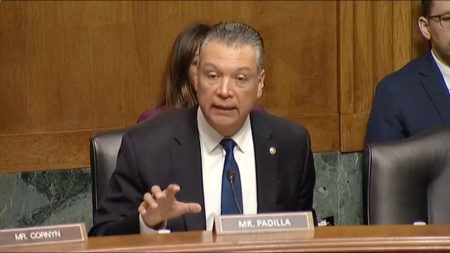November is Diabetes Awareness Month

A Henderson County Endocrinologist’s Perspective on Diabetes
By Dr. Aysha Inankur
About half of the patients I see as an adult endocrinologist have diabetes mellitus (DM), a condition of inappropriately elevated blood sugars. My goal for each patient with DM is to maintain their blood sugars in a range that will prevent complications and keep them out of the hospital.
The main complications I aim to prevent include nerve damage that causes numbness of the hands and feet; diabetic eye disease, such as retinopathy; and kidney failure. Diabetes mellitus comes in two main varieties: type 1 and type 2. My favorite aspect of treating diabetes is seeing improvement in my patients’ blood sugars and quality of life.
Five percent to 10% of DM is type 1, due to destruction of the insulin-producing cells in the pancreas. Ninety percent of DM is type 2, due to insulin resistance caused by weight gain. The most effective treatment is increased exercise and calorie reduction, leading to weight loss.
Mr. Jones is a 50-year-old African American gentleman who was diagnosed with type 2 DM thirteen years ago. When I first saw him in February 2013, his blood glucose was 548 (normal range is approximately 70–120 mg/dL), and his hemoglobin A1c, a three-month measure of his average blood glucose, was too high to calculate. I asked him to start insulin and Metformin, a pill that makes insulin more effective. We discussed healthful lifestyle choices.
When I saw him again last week, his blood sugar was 133 after breakfast, and his A1c was a much-improved 6.3. To my surprise, he informed me that he no longer takes insulin. “You won’t believe how much energy I have now,” he said. He walks during lunch breaks at work and has reduced his serving sizes. He adjusts his portions of healthful foods like oatmeal according to his activity level.
In July of 2013, I met Mr. Smith, a 34-year-old avid mountain biker. He had been diagnosed with DM one month earlier when his fasting blood sugar was 260 (normal is 70-99 mg/dL).
Blood tests confirmed that his pancreatic function was low, consistent with type 1 DM. I started him on small doses of insulin and instructed him to count the carbohydrate content in his food. He now reports that his fasting blood sugars are in the normal range, and his hemoglobin A1c has dropped from 12.6 to 6.6% in three months.
He is back on his mountain bike, riding two hours a day. He wears a continuous glucose monitor (CGM) which tracks his sugar levels throughout the day. Knowing if the level is trending up or down before exercise helps him prevent low blood sugars.
As these two cases illustrate, effective treatments exist for both type 1 and type 2 diabetes mellitus. A growing list of blood-sugar lowering pills may be used with or without insulin. Rapid acting types of insulin take effect in 15 minutes, do not last as long as the insulin we previously used, and consequently mimic the action of the pancreas at more closely.
Insulin pumps have further enabled patients to match their insulin doses to their food and exercise patterns. Continuous glucose monitors measure sugar levels every five minutes, and allow wearers to quickly see the impact of food intake and exercise. The newest category of diabetes technology is the artificial pancreas, approved by the FDA this year. This insulin pump/CGM combination automatically reduces insulin delivery when sugar levels are low.
Despite our new and sophisticated diabetes therapies, science still underscores the benefits of simple lifestyle choices. Thanks to research published this month, we know that a 15-minute walk after dinner can reduce blood sugars for three hours, and the best part of this treatment is that it’s free.
Dr. Aysha Inankur attended medical school at Loma Linda University and completed internal medicine residency at Kettering Medical Center in Dayton, Ohio, and a fellowship in endocrinology, diabetes, and metabolism at the University of Kentucky in Lexington.
She is a member of the Endocrine Society, American Association of Clinical Endocrinologists, American Medical Association, and Western North Carolina Medical Society.
She began work at Park Ridge Health Endocrinology in November, 2012. Her favorite activities include walking three miles daily and cooking whole grains from scratch.








